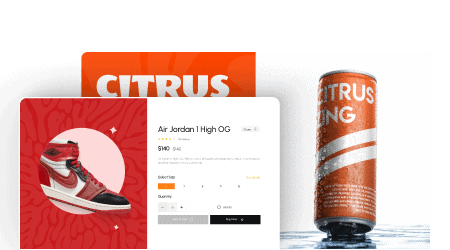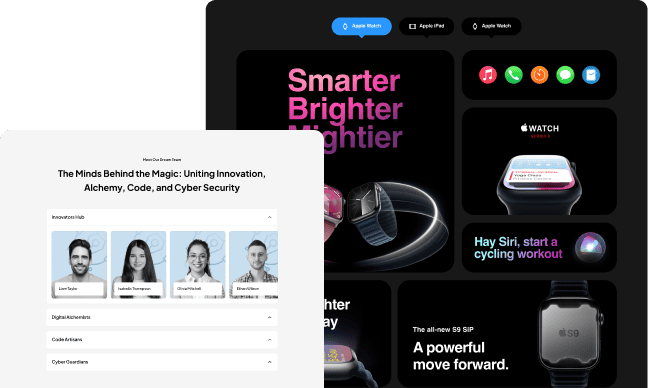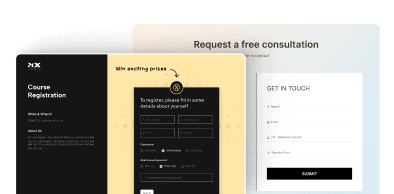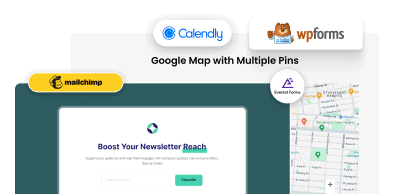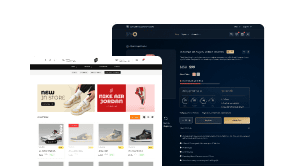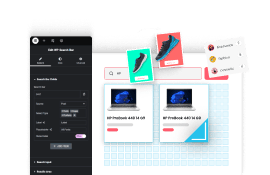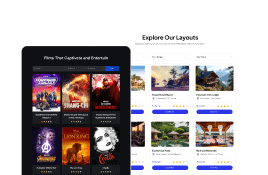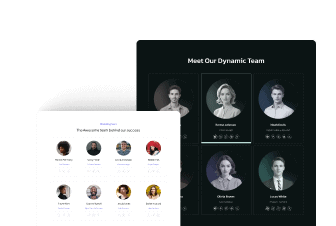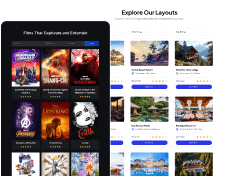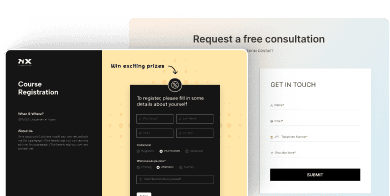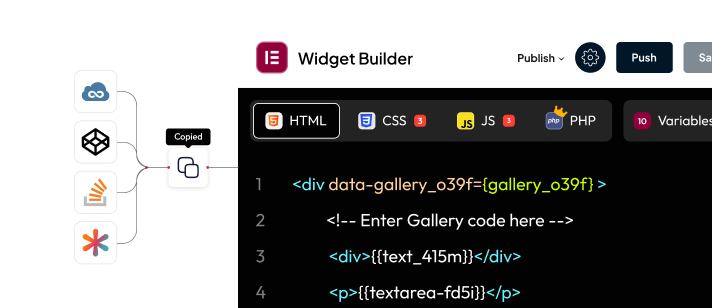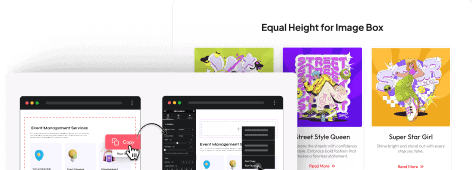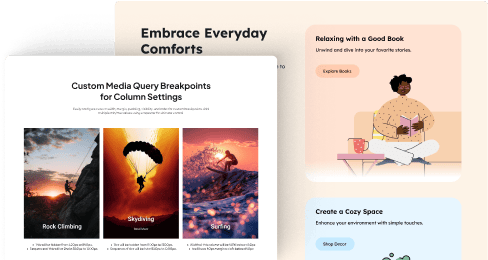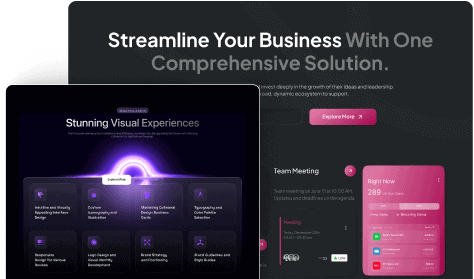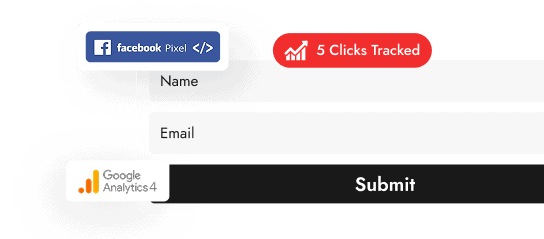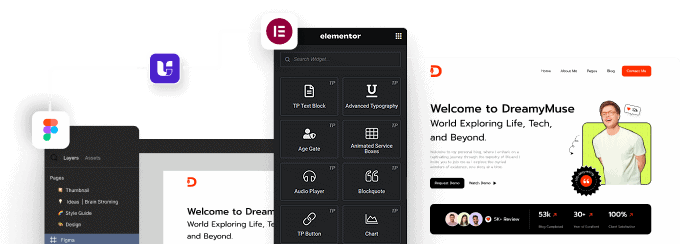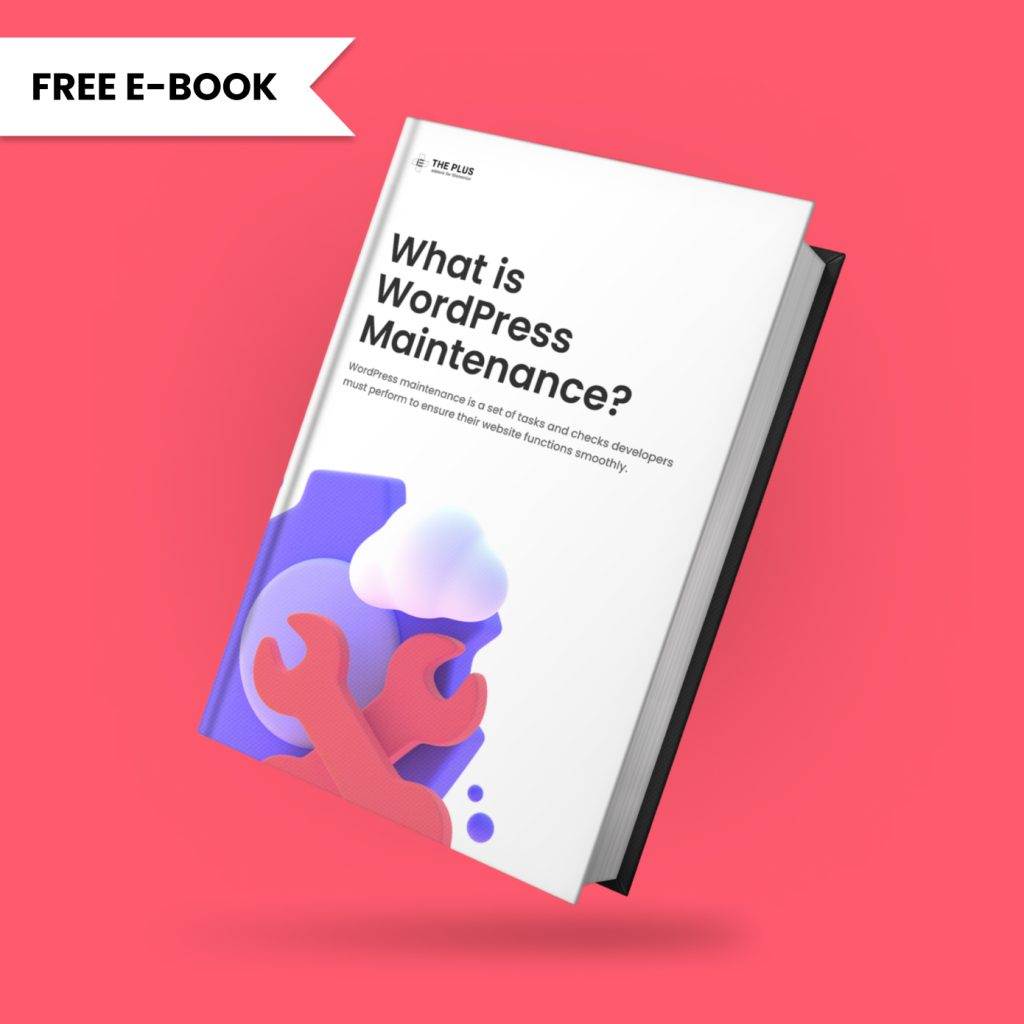Do you struggle to identify which bots and spiders are crawling your website? This lack of clarity can hinder your ability to manage web traffic and optimize content effectively.
Web crawlers go around the internet, find and remember all the information they come across. This helps search engines like Google and Bing to show you the most relevant results when you search for something.
In this article, we will check out the top 10 common bots and spiders that are actively crawling the web.
You will discover the key features and functions of each web crawler, gaining valuable insights into how these bots and spiders impact online content.
Let’s get started!
What are Web Crawlers?
Web crawlers, also known as bots or spiders, are automated programs that systematically browse the internet to discover and index web pages.
They play a crucial role in search engine operations, as they gather information from websites to create searchable indexes.
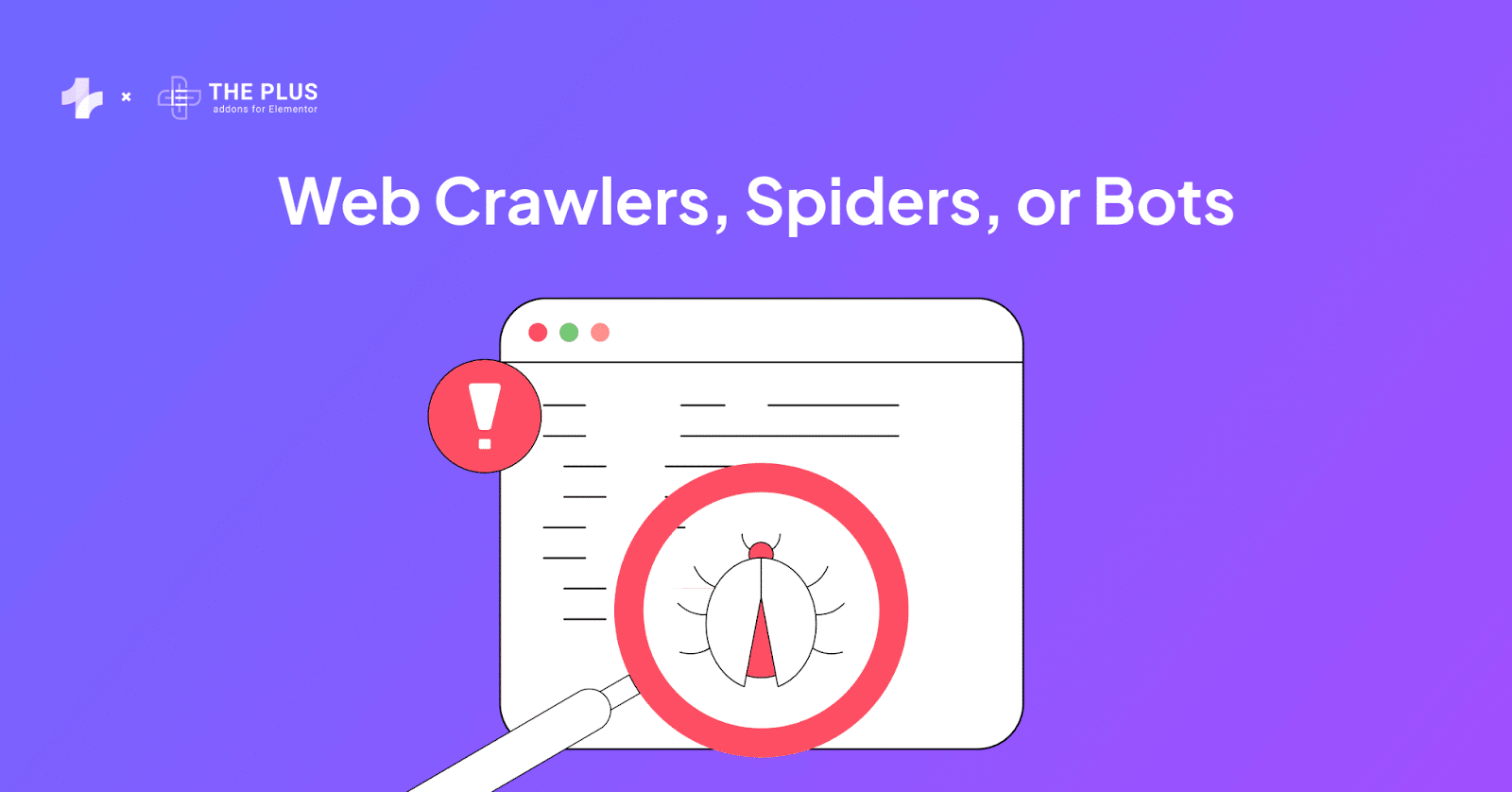
Following links from one page to another helps these crawlers gather data and provide it to search engines, enabling users to find relevant content.
How Does a Web Crawler Work?
A web crawler begins by starting at a seed, or a list of known URLs, and then systematically reviews and categorizes web pages.
It discovers URLs, follows internal links, and collects content from websites.
As it navigates through the web, the crawler indexes the gathered information and sends it to the database, enabling search engines to provide accurate and relevant results to users.
This process allows you to understand how web crawlers systematically gather and organize data, ultimately influencing the search results that users encounter.
Top Web Crawlers List
Here is the top 10 crawler list.
1. Googlebot
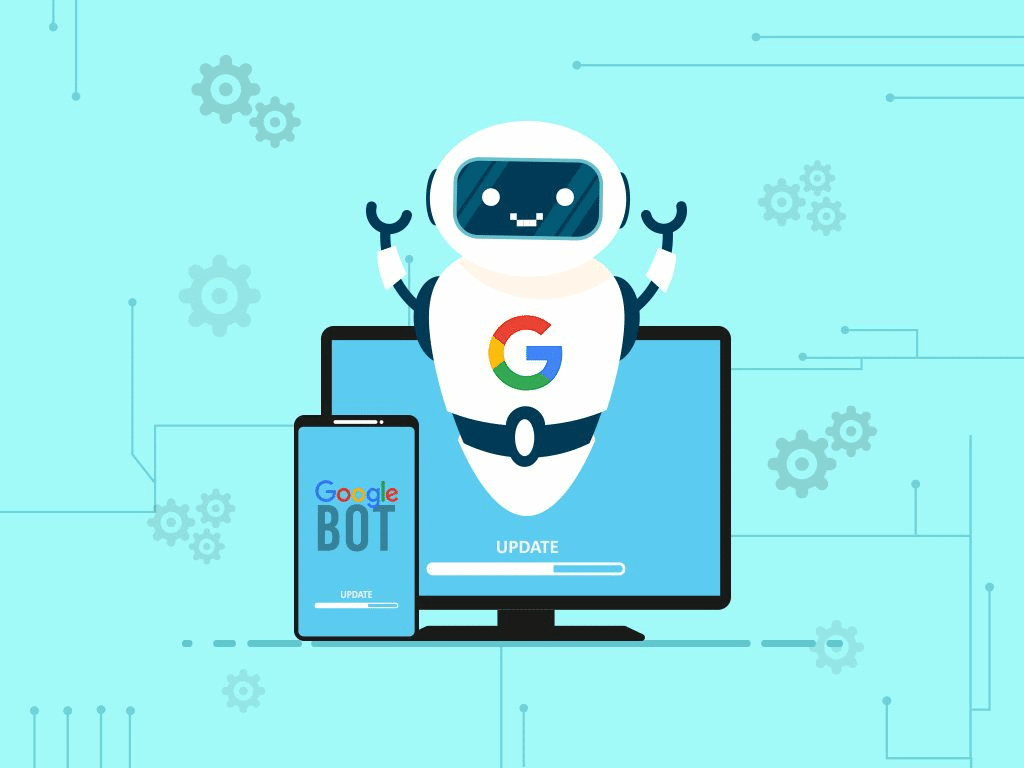
Googlebot is the powerhouse behind the world’s most popular search engine.
As you navigate the web, this tireless crawler is constantly at work, discovering new pages and updating existing ones to ensure your search results are always accurate and relevant.
When you’re managing your website, keep these key features of Googlebot in mind:
- Continuous Scanning: Googlebot visits your site every few seconds unless you’ve set restrictions in your robots.txt file.
- Webmaster Tools: Use Google Search Console to gain insights into how Googlebot navigates your site and improve your search visibility.
- Google Cache: Access older versions of your website through this centralized database where Googlebot stores scanned pages.
- Efficient Crawling: Googlebot uses multi-threading and focused crawlers to gather information quickly and effectively.
- Specialized Bots: Google deploys various bots for specific purposes, including Googlebot Image, News, Video, and others like AdsBot and Feedfetcher.
- Monitoring Tools: Leverage server logs, Search Console data, sitemaps, and web analytics to track crawl frequency, indexing status, and identify potential issues.
Understanding these features can help you optimize your site for better visibility and performance in Google’s search results.
Suggested Read: How to Easily Add Google Search on WordPress Site
2. Bing Bot
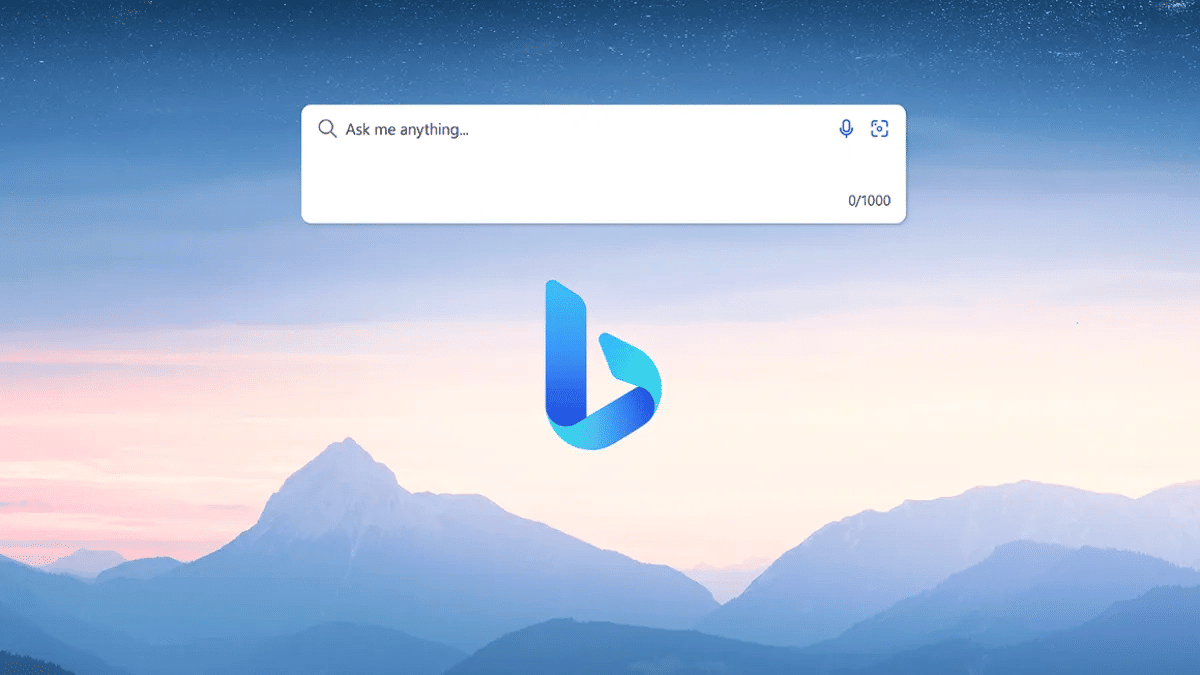
BingBot is Microsoft’s powerful web crawler for the Bing search engine. Since 2010, this efficient bot has been discovering new web pages and updating existing ones, much like its Google counterpart.
As you manage your website, keep these key BingBot features in mind:
- Global Impact: You’ll find BingBot ranking as the second most active web crawler worldwide, just behind Googlebot.
- Webmaster Control: Take advantage of Bing Webmaster Tool to manage how your website appears in search results.
- Daily Discoveries: BingBot uncovers a staggering 70 billion new URLs every day, crawling each one to determine its value for users like you.
- Smart Evaluation: During crawling, BingBot assesses your URL structure, length, complexity, and inbound link quality to predict content value.
- Bot Authentication: Protect your site from malicious imposters by using Bing’s bot verification tool to confirm genuine BingBot visits.
3. Yandex Bot
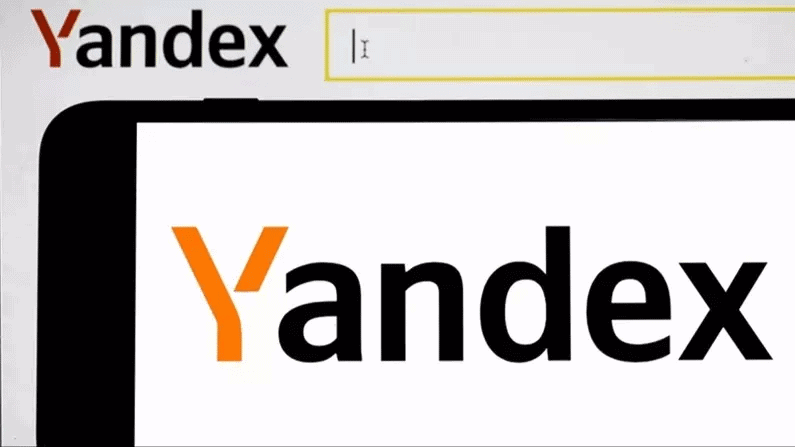
Yandex Bot is an efficient and fast web crawler powering Yandex, Eastern Europe’s popular search engine.
Here’s what you need to know about Yandex Bot’s key features:
- Cyrillic Content Priority: Yandex Bot excels at recognizing and prioritizing Cyrillic script content, giving regional language material the attention it deserves.
- Enhanced Visibility Tools: Boost your Yandex presence by adding a “Yandex.Metrica” tag to your pages, using Yandex Webmaster tools for reindexing, or leveraging the IndexNow protocol to highlight your new, updated, or removed pages.
- Bot Authentication: Protect your site by verifying genuine Yandex Bots. Check if the robot’s hostname ends with yandex.ru, yandex.net, or yandex.com to confirm its authenticity.
- Specialized Crawlers: Yandex deploys targeted bots for different content types. You’ll encounter YandexBot/3.0 for general web pages, YandexImages for visuals, YandexVideo for video content, and YandexDirect for optimizing online ads.
4. Duckduck Bot
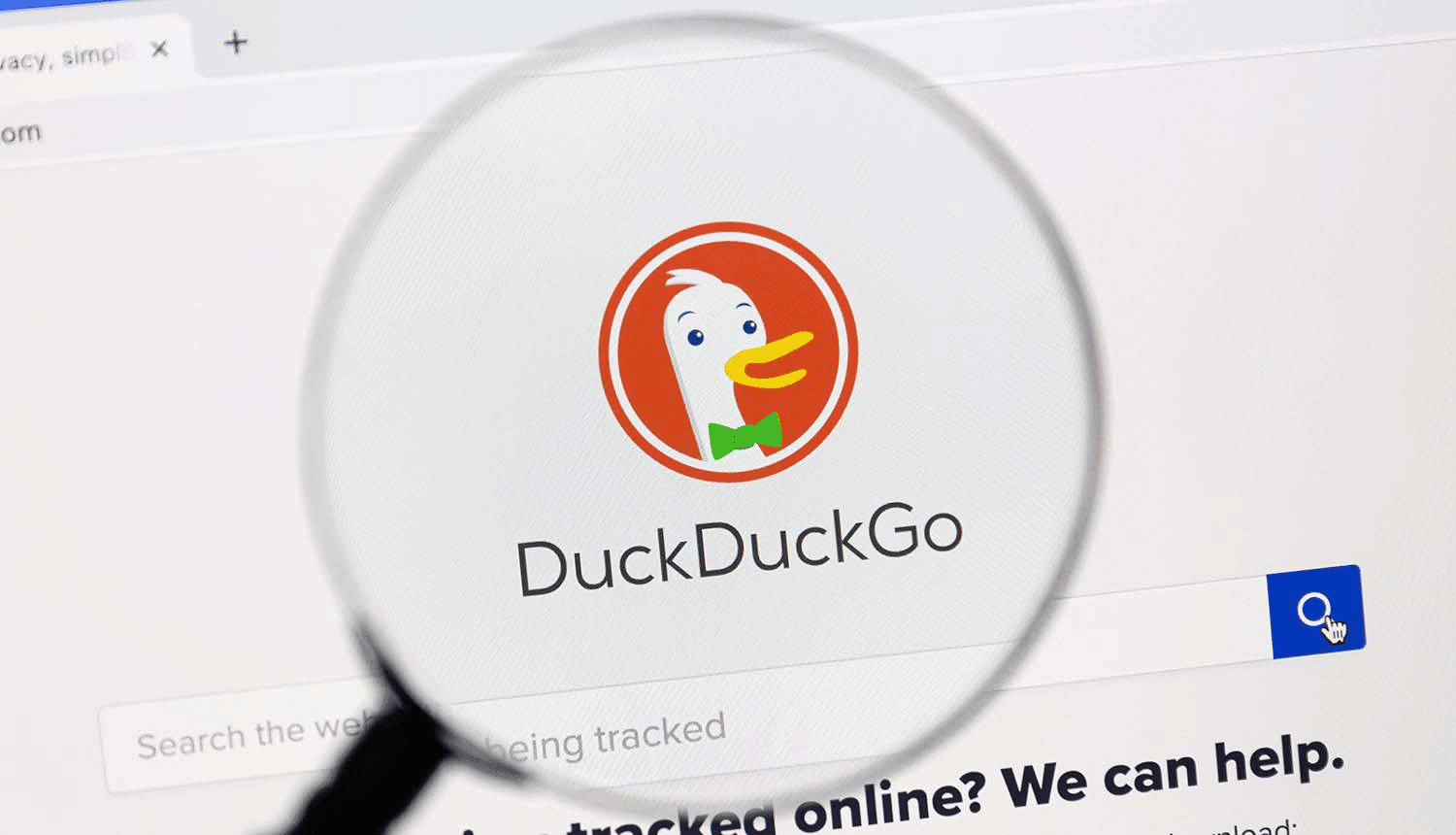
DuckDuckBot is a privacy-focused web crawler. As you browse the internet, this bot diligently discovers new web pages and updates existing ones, all while prioritizing your privacy.
Here’s what you need to know about DuckDuckBot’s key features:
- Visit Verification: Use the DuckDuckBot API to check if this bot has visited your website, giving you insight into its crawling patterns.
- Comprehensive IP Database: Access one of the largest publicly available collections of DuckDuckBot IP addresses through the API, helping you understand its reach.
- Fraud Detection: DuckDuckBot continuously updates its API database with new IP addresses and user agents, empowering you to identify and block fake bots masquerading as DuckDuckBot.
- Respectful Crawling: You’ll appreciate that DuckDuckBot adheres to WWW: RobotRules and uses a variety of IP addresses, ensuring reliable and considerate crawling of your site.
Privacy and security go hand in hand, did you know you can secure your website easily? Here are the 6 Best WordPress Security Plugins you can consider.
5. Slurp Bot
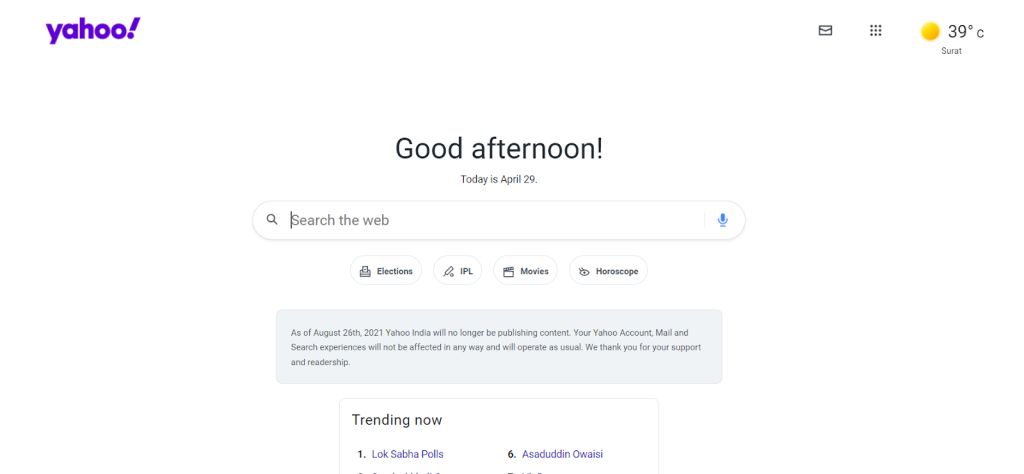
Slurpbot is the diligent web crawler powering Yahoo Search. As you browse the web, Slurp strategically follows links to uncover fresh content, continuously refining and expanding Yahoo’s search results to enhance your online experience.
Here’s what you need to know about Slurp’s key features:
- Yahoo Platform Integration: Slurp gathers content from partner websites to populate platforms you use, like Yahoo News, Finance, and Sports, keeping you informed across various topics.
- Personalized Content Delivery: By verifying information from multiple sources, Slurp ensures you receive the most accurate and personalized content on Yahoo platforms.
- Smart Link Following: Slurp focuses on HREF attribute links, ignoring SRC attributes. This means you can control which content Slurp indexes by using the appropriate link types.
- Search Index Creation: As you link to other pages on your website, you’re helping Slurp discover and index new content, contributing to Yahoo’s comprehensive search index.
By understanding Slurp’s behavior, you can optimize your website for better visibility on Yahoo Search and its associated platforms.
6. Baidu Spider
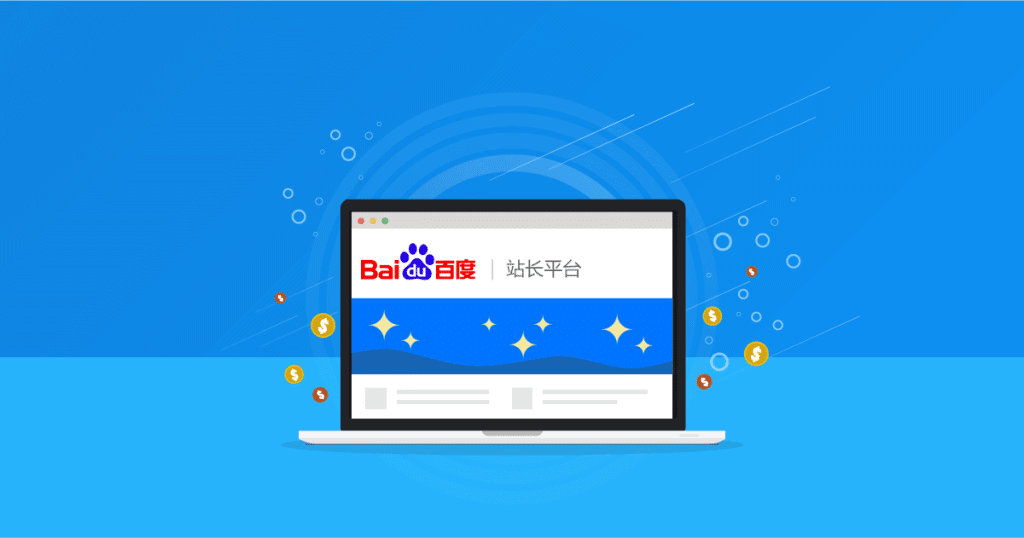
The Baidu Spider is the powerful web crawler behind China’s most popular search engine.
As you expand your online presence in the Chinese market, this bot efficiently discovers new web pages, with a special focus on Chinese language content.
Here’s what you need to know about Baidu Spider’s key features:
- Automatic Updates: Baidu Spider continually scans your site for fresh content. If you notice performance issues, you can easily adjust the crawling rate through your Baidu Webmaster Tools account.
- Crawl Management: Take control of how Baidu Spider interacts with your site using Baidu Webmaster Tools (Baidu Ziyuan). This platform allows you to analyze crawling issues and view the HTML content that Baidu has indexed.
- Activity Monitoring: Spot Baidu Spider’s presence on your site by looking for user agents like “baiduspider,” “baiduspider-image,” or “baiduspider-video” in your logs.
- Market Significance: Remember, Baidu dominates 80% of mainland China’s search market. By optimizing for Baidu Spider, you’re tapping into a vast audience of Chinese internet users.
7. Facebook External Hit

Facebook External Hit is an intelligent web crawler that enhances your Facebook sharing experience. As you and others share links on the platform, this bot springs into action, gathering crucial information about the shared websites.
By swiftly analyzing new web pages and updating existing data, Facebook External Hit ensures that your shared content is presented most engagingly and accurately as possible, ultimately improving your and other users’ experience on Facebook.
Here’s what you need to know about Facebook External Hit’s key features:
- Content Analysis: When you share a link, Facebook External Hit immediately analyzes the HTML of your website or app, ensuring accurate representation on the platform.
- Rich Link Previews: This bot fetches details like webpage titles and embedded video tags, allowing you to showcase your content more effectively when sharing links.
- Advertising Enhancement: Facebook External Hit works alongside Facebook to boost advertising performance, helping you reach your target audience more efficiently.
- Time-Sensitive Crawling: Be aware that if the crawl process isn’t completed quickly, your custom snippet may not display. Optimize your site’s load time to ensure the best possible preview of your shared content.
Recommended Read: 7 Best Facebook Plugins for WordPress [Live Feed, Reviews, & More]
8. Apple Bot
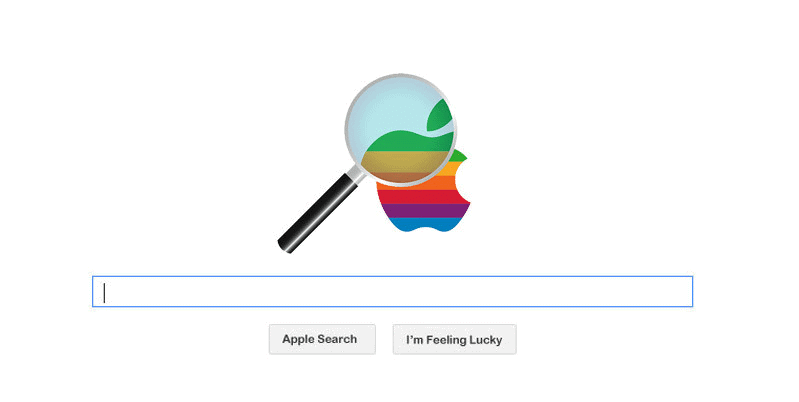
Apple’s web crawler has been diligently working since 2015. As you navigate the Apple ecosystem, this bot plays a crucial role in enhancing your experience across Apple’s suite of products and services, from Siri to Spotlight and beyond.
Here are some key features of Applebot:
- Siri and Spotlight Integration: When you use Siri or Spotlight Suggestions, you’re benefiting from Applebot’s indexing prowess.
- Smart Search Indexing: Applebot considers factors like user engagement, content relevance, external link quality, and your location to deliver the most appropriate search results.
- Advanced Rendering: Unlike some older crawlers, Applebot can process JavaScript and CSS, ensuring it sees your web pages just as you do.
- Googlebot Compatibility: If you’ve already optimized for Googlebot, you’re in luck. Applebot can understand and follow Googlebot instructions when specific Applebot directives aren’t available.
Understanding these features can help you optimize your website for better visibility within Apple’s ecosystem, ensuring your content is easily discoverable through Siri, Spotlight, and other Apple services.
When you cater to Applebot, you’re enhancing your reach to millions of Apple users worldwide.
9. Swift Bot
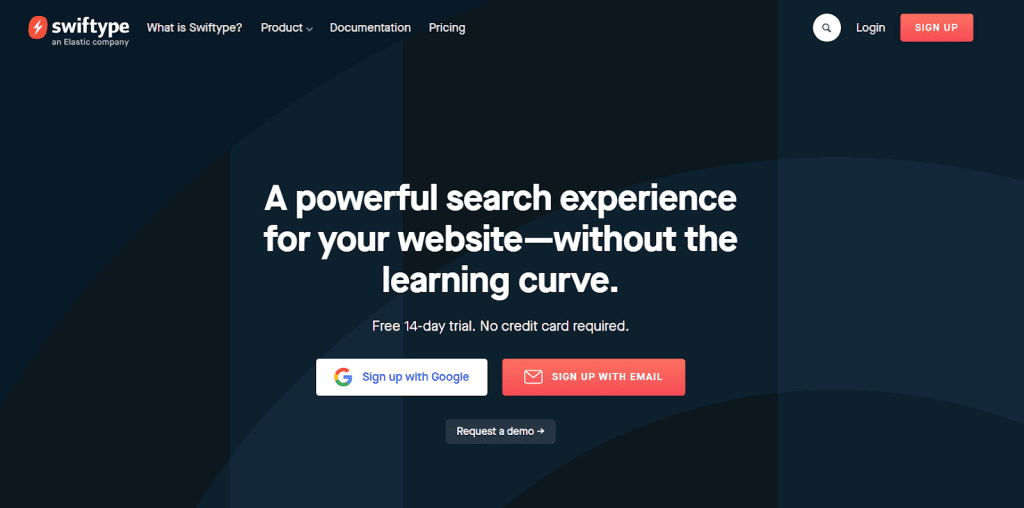
Next up in our list of crawlers is Swift Bot. It is the agile web crawler powering the Swift search engine. This efficient bot enhances your search experience by constantly updating its index, making it a popular choice for several smaller search engines.
Here’s what sets Swift Bot apart:
- Customized Indexing: With Swiftype, you can easily catalog and index all pages of your website, especially beneficial if you manage a large site.
- Targeted Crawling: Unlike most web crawlers, Swift Bot only crawls websites upon your specific request, giving you full control over what content gets indexed.
- User-Friendly Setup: You’ll find Swift Bot’s indexing process straightforward and less technically demanding than using the Swiftype API, allowing you to set up site searches quickly and easily.
- Google-Like Efficiency: Swift Bot collects and indexes data from your website similarly to Google, ensuring comprehensive coverage of your content.
By focusing on these features, you can optimize your website’s searchability and provide a more tailored search experience for your users.
With Swift Bot, you’re in control of what gets crawled and indexed, allowing for a more customized approach to site search.
10. SEMrushBot
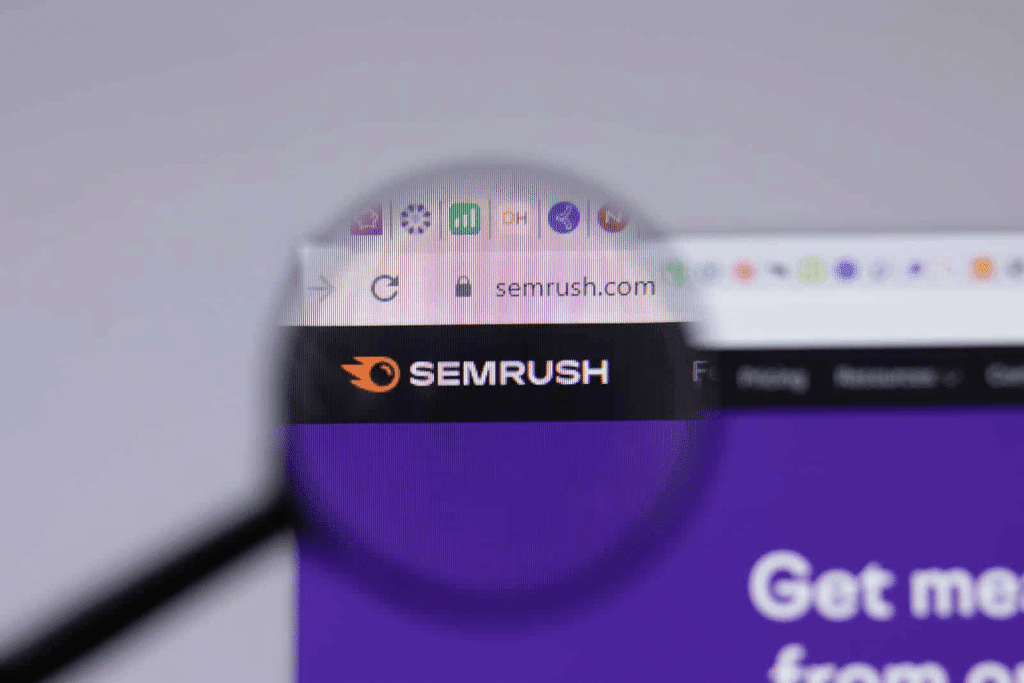
In the list of web crawlers, SEMrushBot is the final one here, used by none other than SEMrush, a popular SEO tool.
It crawls the web to gather information about websites and their content, which is used to provide insights and recommendations to SEMrush users.
Here are some key Features of SEMRush Bot:
- Multi-Purpose Data Collection: Leverage Semrushbot’s insights for backlink research, on-page SEO audits, keyword research, link building, brand monitoring, and content creation.
- Backlink Analysis: Evaluate your website’s backlink profile quality and quantity, identifying opportunities to boost your online presence and attract more traffic.
- Organic Traffic Insights: Uncover the keywords driving visitors to your site, allowing you to optimize content and climb search engine rankings.
- Competitive Edge: Analyze your competitors’ data to develop strategies that will help you outrank them in search results.
- Goal-Oriented Optimization: Harness Semrushbot’s collected data to enhance your SEO efforts and achieve your digital marketing objectives.
Recommended Read: 5 Best Free SEO Plugins for WordPress
How to Protect Your Site From Malicious Web Crawlers?
To protect your site from malicious web crawlers, here are a few handy techniques:
1. Optimize Robots.txt
The Robots.txt file allows you to specify which parts of your site crawlers can access. Use it to block suspicious user agents and restrict access to sensitive areas of your website.
2. Strengthen Authentication
Employ strong authentication measures. Implement CAPTCHA systems and login requirements to prevent unauthorized bots from accessing protected content.
Related Read: CAPTCHA vs reCAPTCHA Compared [8 Key Differences]
3. Monitor Traffic
Monitor your site’s traffic regularly. Use analytics tools to identify unusual crawling patterns or spikes in bot activity.
If you spot suspicious behavior, investigate and take action promptly.
4. Deploy Web Application Firewall
Consider using a web application firewall (WAF). This tool can help you filter out malicious traffic and protect against common attack vectors.
5. Keep Software Updated
Regularly update your content management system (CMS) and plugins. Outdated software can be vulnerable to exploitation by malicious crawlers.
6. Implement Rate Limiting
Rate limiting on your server will prevents bots from overwhelming your site with requests, ensuring legitimate users can access your content.
7. Set Honeypot Traps
Use honeypot traps to catch bad bots. Create hidden links that only a bot would follow, then block any visitors to these fake pages.
Implementing these strategies will significantly enhance your site’s security against malicious web crawlers while still allowing beneficial bots to index your content.
Wrapping Up
As we’ve covered the top 10 web crawlers, you’ve gained valuable insights into how these digital explorers shape the internet landscape.
From industry giants like Googlebot and Bing Bot to specialized crawlers like Baidu Spider and SEMrushBot, each plays a crucial role in indexing and organizing the vast expanse of online content.
While these bots are essential for discoverability, it’s equally important to protect your site from malicious crawlers through the methods mentioned above.
Lastly, if you’re an Elementor user, we would recommend you use The Plus Addons; this all-in-one plugin offers more than 120 Elementor widgets that will help enhance the functionality of your Elementor editor.
FAQs on Web Crawlers List
Are web crawlers and spiders the same?
Yes, web crawlers and spiders are the same. These terms are used interchangeably to describe automated programs that systematically browse the internet to index web pages for search engines.
What is the main purpose of a web crawler?
The main purpose of a web crawler is to discover and index web pages for search engines. They follow links, gather content, and create a searchable database of web pages to provide relevant results for user queries.
How to ensure that the crawler crawls all the pages of my website?
To ensure complete crawling:
– Create a sitemap and submit it to search engines
– Use internal linking effectively
– Ensure your robots.txt file doesn’t block important pages
– Keep your site structure simple and logical
How can you identify if a user on your site is a web crawler?
Check the user agent string in your server logs or analytics tools. Legitimate crawlers typically identify themselves (e.g., “Googlebot”). You can also verify IP addresses against known crawler IP ranges.
How to check if a website is crawling or not?
Use tools like Google Search Console or Bing Webmaster Tools to check the crawl status. You can also analyze server logs for crawler activity or use third-party SEO tools to monitor crawl frequency.
Which web crawlers are widely used today?
Widely used web crawlers include Googlebot, Bingbot, Yandexbot, Baidu Spider, DuckDuckBot, and AppleBot. Specialized crawlers like Ahrefs and SEMrush bots are also common for SEO purposes.
How do I stop a web crawler?
To stop a web crawler:
– Use robots.txt to disallow specific bots or pages
– Implement noindex meta tags on pages you don’t want indexed
– Use server-side blocking for persistent unwanted crawlers
– Employ CAPTCHAs for sensitive areas
What’s the difference between a web crawler and a search engine bot?
There’s no significant difference. A search engine bot is a type of web crawler specifically used by search engines to index web content. All search engine bots are web crawlers, but not all web crawlers are used by search engines.
